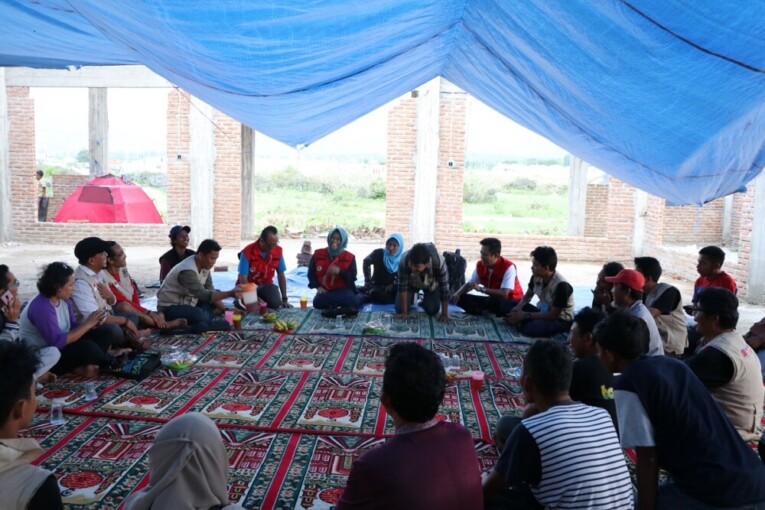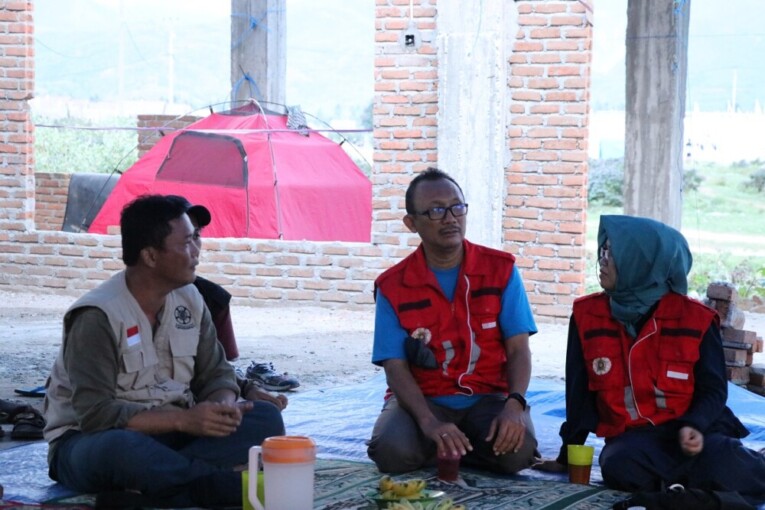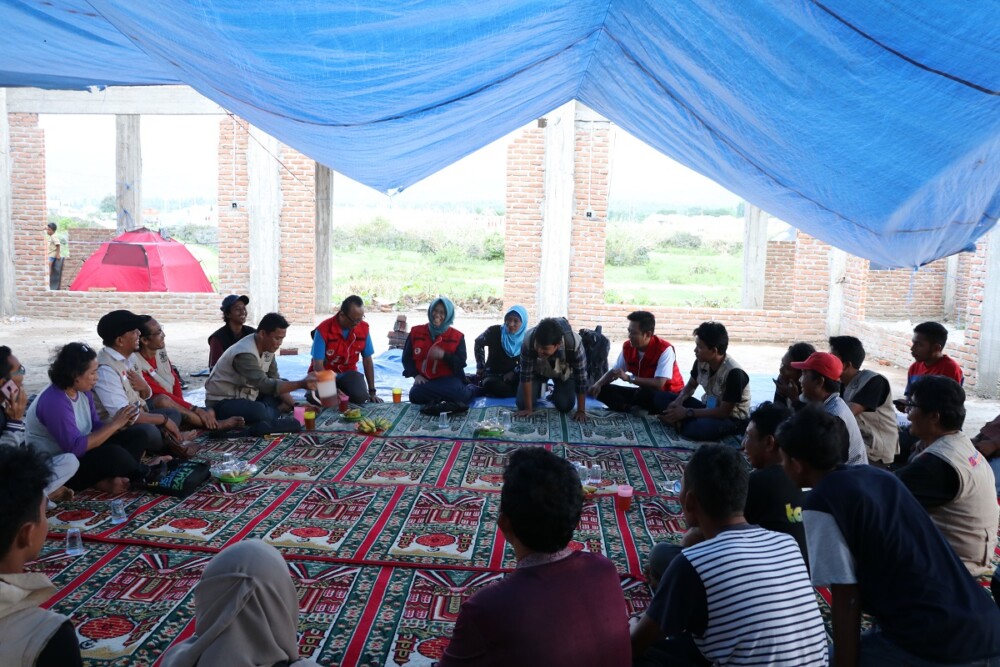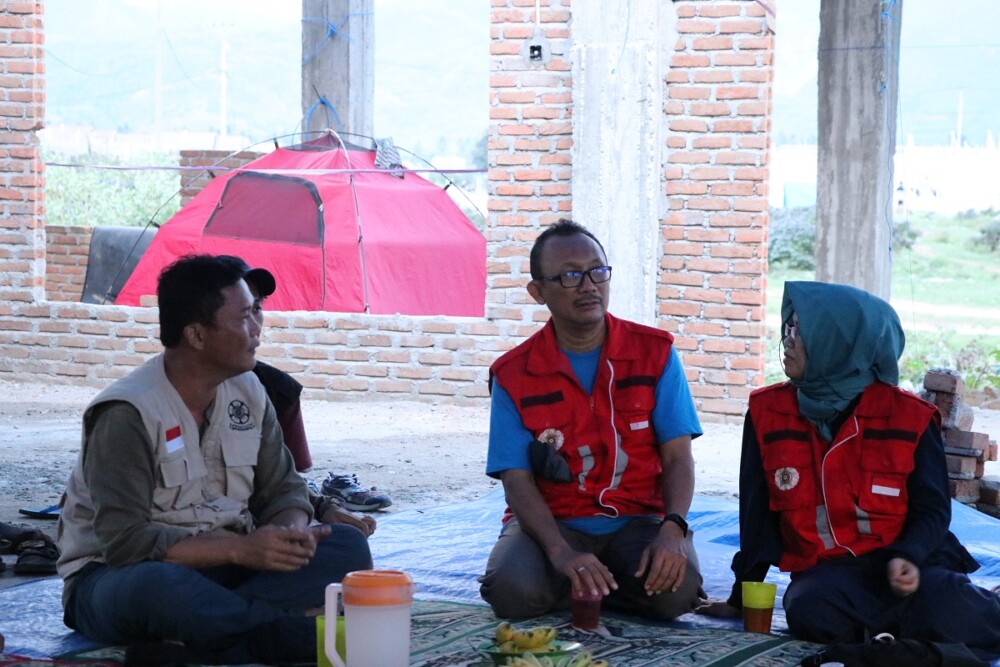UGM’s most remarkable robotic team, Gadjah Mada Robotic Team, has earned awards in the 2018 International Robot Contest (IRC) in South Korea from October 11 to 13. GMRT earned first place in the Autonomous Curling category and third place in Boxing.
The GMRT team consisted of three Engineering students, which are Ikrima Sabri, Tribagus Novandi Winantyo, Dini Nur Anisa, and Muhammad Hadyan Akbar, as well as two Mathematics and Natural Sciences students, Farchan Hakim Raswa and Arifandhi Nur Muhammad, with the supervising lecturer, Wahyono, Ph.D.
Dini reported the 2018 IRC was attended by 10 countries, such as South Korea, Japan, Hong Kong, and Taiwan. The team’s preparation for the competition has been done since July 2018.
She explained about the competition’s Curling and Boxing categories. Curling is a competition to kick hockey balls right on target. The target is a circle area which is divided into three zones. One point is achieved if the ball landed in the yellow zone, 3 points for green zone, and 5 points for red zone. The distance between the starting point and the target point is 6 meters. Each robot has the chance to touch the ball (including kicking) 5 times.
“There are 2 types of Curling, RC and autonomous. Each team is given the opportunity to collect points in four 100-second long trials. They compete to get as many points as possible,” said Dini on Monday (10/22).
In the RC and autonomous Curling, there are approximately 25 teams from five countries, namely Korea, Hong Kong, Taiwan, Japan, and Indonesia. The UGM team won the first place in autonomous curling. One reason the UGM robot team wins this category is because of its far kicking distance.
“Its weakness is the unstable motion, so robots tend to fall when chasing the ball,” she said.
For the scoring system of boxing, each robot that falls because of the opponent’s attacks will get a one-point penalty. If the robot falls by itself, it will get a half penalty. UGM’s robot did not fall easily due to its strong stances. Its weakness is in the slower motion compared to other robots with kits.
“Another obstacle is that one of the servo-robots we brought was damaged so it could not be used on the first day of the competition. Fortunately, we tackled this by buying a new servo from a servo provider at the exhibition venue.”
GMRT Manager, Dr. Rachmat Sriwijaya, opined that this achievement was realized by the support of various groups, especially the university. Additionally, a high sense of solidarity and cooperation between team members is also the key to success.





